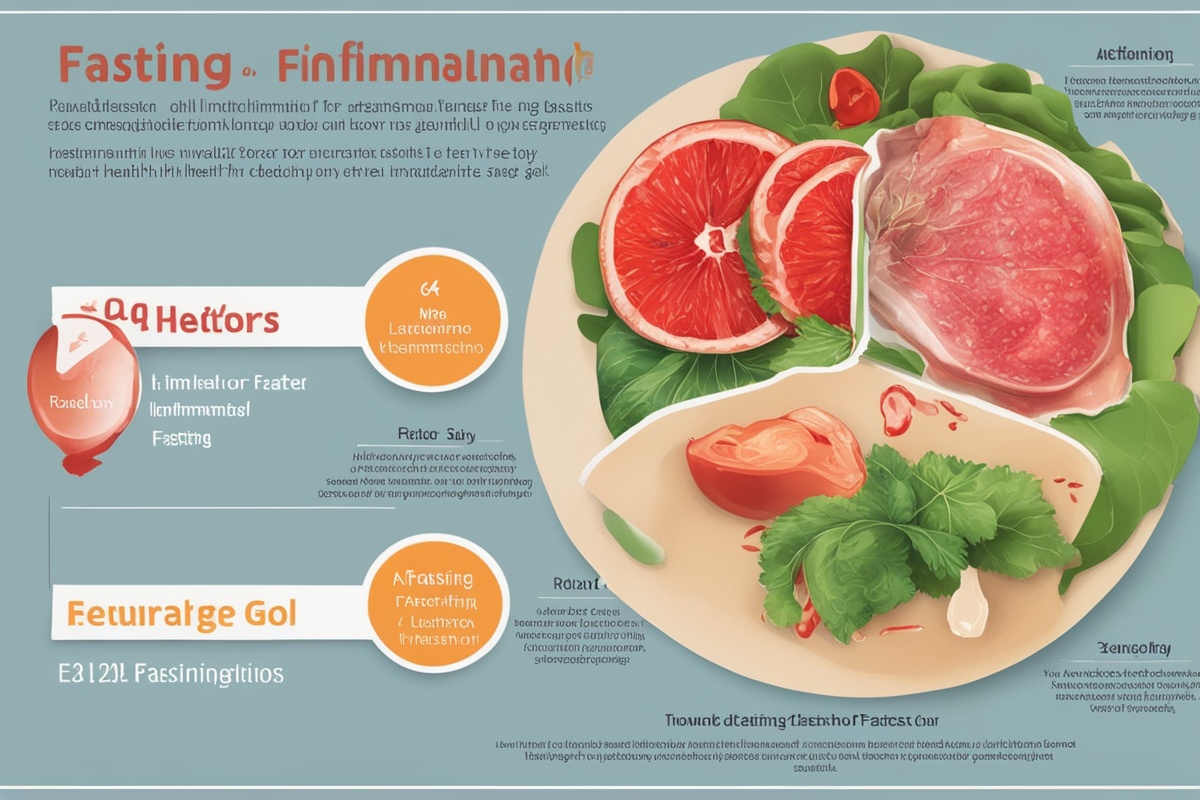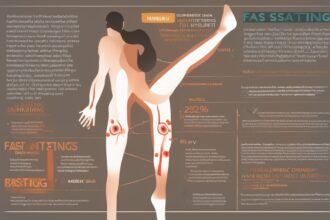Swelling, also known as edema, is a common condition that can result from injury, inflammation, or underlying health issues. While medical intervention is sometimes necessary, many people seek natural remedies to reduce discomfort and promote healing. In this post, we’ll explore natural ways to ease swelling through lifestyle changes, dietary adjustments, and holistic approaches that can help you manage this condition effectively and safely.
What Causes Swelling and Why It Matters
Swelling occurs when excess fluid builds up in the body’s tissues, often due to injury, infection, or poor circulation. It can also be a symptom of conditions like arthritis, heart disease, or kidney issues. While temporary swelling from a sprained ankle might not be a major concern, chronic swelling can signal deeper health problems. Understanding the root cause is crucial before trying any natural remedies. That said, incorporating natural ways to ease swelling can complement medical advice and support overall wellness. Always consult a healthcare provider if swelling persists or worsens.
Stay Hydrated to Flush Out Excess Fluids
One of the simplest and most effective natural ways to ease swelling is to stay properly hydrated. Drinking enough water helps your kidneys function optimally, flushing out excess sodium and toxins that can contribute to fluid retention. Aim for at least 8–10 glasses of water daily, and consider adding hydrating foods like cucumbers, watermelon, and celery to your diet. Avoid sugary drinks and excessive caffeine, as they can dehydrate you and worsen swelling. For more tips on hydration, check out our post on Hydration Tips for Optimal Health.
Incorporate Anti-Inflammatory Foods into Your Diet
Your diet plays a significant role in managing inflammation and swelling. Foods rich in antioxidants and anti-inflammatory properties can help reduce fluid buildup and promote healing. Some of the best options include:
- Turmeric: Contains curcumin, a compound known for its anti-inflammatory effects.
- Ginger: Helps reduce inflammation and improve circulation.
- Berries: Packed with antioxidants that combat oxidative stress.
- Leafy Greens: High in vitamins and minerals that support tissue repair.
Reducing processed foods, sugar, and sodium is also key, as these can exacerbate swelling. For delicious anti-inflammatory recipes, explore our guide on Anti-Inflammatory Meal Ideas.
Elevate and Rest to Improve Circulation
Physical positioning and rest are underrated but powerful natural ways to ease swelling, especially in the legs and feet. Elevating the affected area above heart level for 15–20 minutes several times a day can help drain excess fluid and improve blood flow. Pair this with gentle movement, like walking or stretching, to prevent stiffness and encourage circulation. Avoid sitting or standing for long periods, as this can worsen fluid buildup. If you’re dealing with leg swelling, learn more about circulation-boosting techniques in our article on Improving Leg Circulation Naturally.
Use Natural Remedies and Compresses
Herbal remedies and compresses have been used for centuries to reduce swelling naturally. Cold compresses can help constrict blood vessels and reduce inflammation in acute injuries, while warm compresses may soothe chronic swelling by improving blood flow. Additionally, herbs like chamomile and arnica can be applied topically (in creams or oils) or consumed as teas to support the body’s healing process. Always test for allergies before using herbal remedies. Essential oils, such as lavender or peppermint, diluted with a carrier oil, can also be massaged into swollen areas for relief. For more on herbal remedies, see our post on Herbal Remedies for Inflammation.
Exercise and Movement for Long-Term Relief
Regular physical activity is one of the most sustainable natural ways to ease swelling. Low-impact exercises like swimming, yoga, and walking stimulate the lymphatic system, which helps remove excess fluid from tissues. Yoga poses such as legs-up-the-wall or downward dog are particularly effective for reducing swelling in the lower body. However, avoid overexertion, as it can lead to further inflammation. Start slow and listen to your body. If you’re new to exercise, our guide on Beginner Yoga for Health can help you get started.
Disclaimer: The information provided in this article is for educational purposes only and should not be considered medical advice. Always consult with a healthcare professional before starting any new treatment or remedy for swelling or other health conditions. Natural remedies may not be suitable for everyone, and underlying medical issues should be addressed by a qualified provider.
References
- Mayo Clinic: Edema Symptoms & Causes
- Harvard Health: Hidden Causes of Swelling
- WebMD: Anti-Inflammatory Diet Roadmap
- NCBI: Curcumin and Its Anti-Inflammatory Properties
- American Heart Association: Hydration Tips
This content is for informational purposes only and not a substitute for professional advice.





